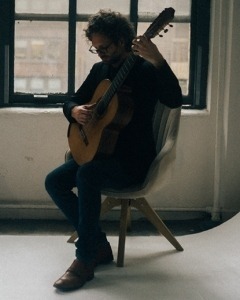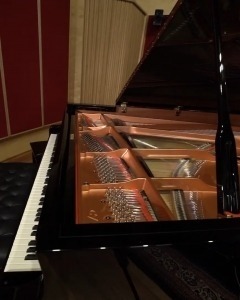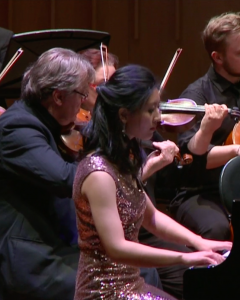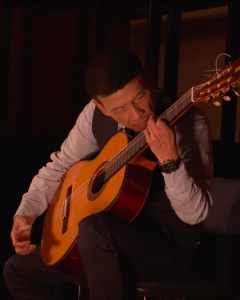McNulty (Graf)
Provenance
Fortepiano
Paul McNulty (Divisov, Czech Republic, 2004)
Copy of an instrument by Conrad Graf, opus 318 (Vienna, 1819)
Instrument
Collection
The instruments of Conrad Graf (1782–1851) represent a pinnacle in the development of the piano. This fortepiano is a precise copy of an instrument housed in Zamek Kozel (Goat Castle) near Pilsen, Czech Republic.
The pianos Graf built between 1810–1820 are, while heavily strung, lightly proportioned in relation to hammer head size and soundboard thickness. The result is an instrument that retains the Classical Viennese clarity but edges towards a Romantic bloom. After 1820, while retaining the string diameters and bridge mass, Graf doubled the thickness of his soundboards, literally copied John Broadwood’s (1732–1812) radical soundboard ribbing system, and increased the size of the hammer heads.
The piano is triple-strung for almost the entire compass of CC–f´´´´. The hammers of this instrument are covered with between three to six layers of Haarscharf leather from a kind of hybrid goat-sheep. There are four pedals: Una corda, half moderator, full moderator, and damper lifter.
This fortepiano is the type of Graf with which both Beethoven (during his middle and late periods), and Schubert (during his middle and late periods) would have been familiar.
Paul McNulty is regarded as one of the finest living fortepiano makers. A Texan by birth and graduate of the Peabody Conservatory in Baltimore, he maintains his workshop in Divišov, Czech Republic. His pianos are represented in keyboard collections around the world and have featured on many significant recordings.
This instrument was commissioned by the ANU in 2004, and entered collection of the ANU Keyboard Institute in December 2007. In recent years the instrument has been made available on loan to the Tasmanian Chamber Music Festival and the Canberra International Music Festival, and in 2024 it was used for solo concerto performances on a national tour of the Australian Chamber Orchestra.
Pitch: A435





















